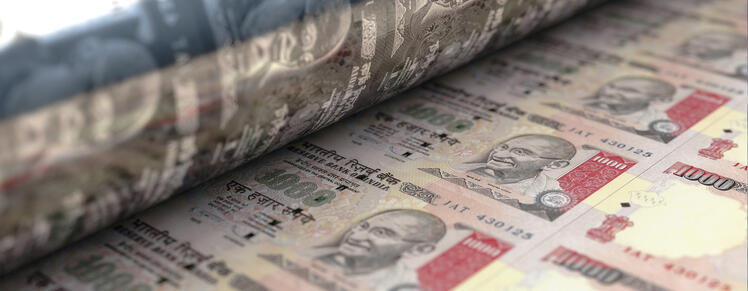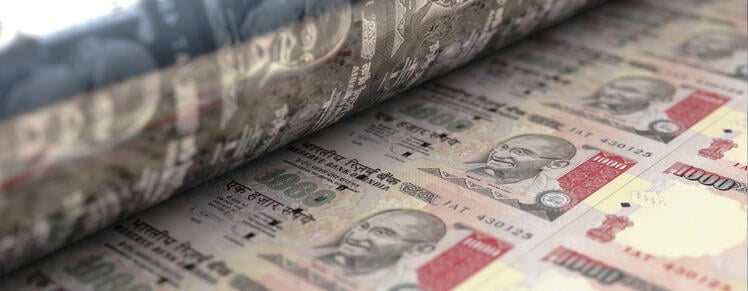
Thanks to rapid population growth and increasing prosperity, India’s economy could eventually catch up with that of the United States. But first, Prime Minister Narendra Modi will have to fire up the country’s economy.
What is the similarity between Mark Rutte, Charles Michel, Greta Thunberg and Bollywood star Deepika Padukone? All four of them were at the summit in Davos last month. The meeting was kicked off by the IMF, which organisation took advantage of this occasion to once again temper the economic prospects. The IMF is now basing its forecast on a 2.9% growth of the global economy last year. The most striking thing about this is the reason for the adjustment. For once, it is not the trade war or the weak economy in Europe that is giving us trouble. This time, India is the culprit.
Why 5% isn’t enough
At first glance, there is little to be said about the pace at which India is growing. The country’s economy experienced a growth of over 5% in 2019 – while in Europe the growth rate hasn’t exceeded 3% since 2007. Nevertheless, Prime Minister Modi is keen to significantly accelerate the pace of India’s economic growth. On his way to his election victory last year, he promised that the Indian economy will be approximately twice as big as it was two years ago by 2024. Keeping the population content is, of course, a much bigger priority for Modi. This will be quite a challenge, as unemployment has risen to its highest level in more than forty years.
10 million jobs sought
No less than 10 million young people enter India’s labour market every year. The best way to ensure that they all get jobs so that unemployment remains manageable is to boost economic growth. That growth is under pressure because banks are struggling with many defaulters. This problem is at least as big among other lenders – referred to as “shadow banks”. The loan tap is being shut off, and that puts a brake on activity. The problems are causing the Indian population to lose confidence in their own economy, and that is an unfavourable development in a country where consumer spending accounts for as much as 60% of GDP.
Bigger than the United States
The economic problems in India are barely noticeable on the currency market. The rupee fell by about 2% against the dollar in 2019. Although the country has to import a lot of raw materials, the central bank’s foreign exchange reserves increased by more than 10% to over 450 billion dollars. This increase can be attributed to a large influx of investors, who put their money in Indian shares, causing stock market prices to rise by almost 20%. Investors are looking beyond the current malaise towards tremendous long-term growth opportunities. Consultancy firm PwC, for example, predicts that India’s economy will be bigger than that of the United States by 2050. With such growth potential, it is probably not wise to bet against the rupee in the long term.
This article was written by Joost Derks, currency specialist at iBanFirst with more than twenty years’ experience in the currency world. This column presents his personal opinion and is not intended to be construed as professional advice (whether on investments or otherwise).
Topics







